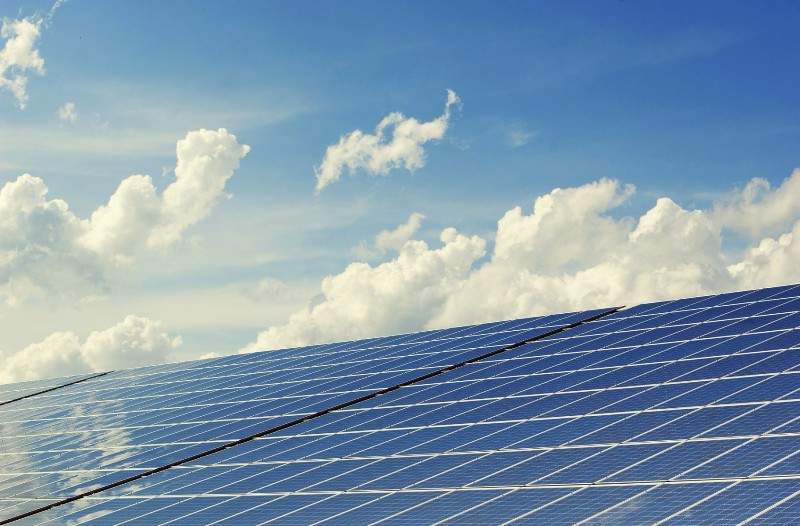

A team of researchers at the UK’s University of Manchester have developed solar cells using polystyrene particles instead of polymers.
Companies could use the new cells to make panels more stable and cheaper to produce.

Discover B2B Marketing That Performs
Combine business intelligence and editorial excellence to reach engaged professionals across 36 leading media platforms.
Traditional PV panels include silicon to harvest the light, which is converted into energy. However, this is an expensive, energy-intensive material to produce.
Published by The Royal Society of Chemistry in the Nanoscale journal, the research saw the scientists use insulating polystyrene microgel particles to reduce costs and improve the stability of perovskite solar cells (PSC).
The University of Manchester’s School of Materials’ polymer and colloid chemistry professor Brian Saunders said: “In this study, we used polystyrene, which is one ten thousandth of the cost of polymers to produce, and is also hydrophobic, which helps improve the stability of PSCs.
“Overall, the enhanced stability and lower costs of production hugely outweigh any of the decreased efficiency.”

US Tariffs are shifting - will you react or anticipate?
Don’t let policy changes catch you off guard. Stay proactive with real-time data and expert analysis.
By GlobalDataSaunders further added: “More research is required to enable the full potential of the exciting PSC technology to be realised.
“Improving PSC stability and reducing expensive hole-transport material (HTM) use are two aspects that are gaining increased attention.
“That is why we’re looking at how best to produce PSCs, keep them dry, and make them even more commercially viable in the future.”
Saunders is also planning to further refine the microgel approach to reduce the impact on efficiency and toxic lead content in PSCs.
Image: Solar panels. Photo: courtesy of The University of Manchester.





